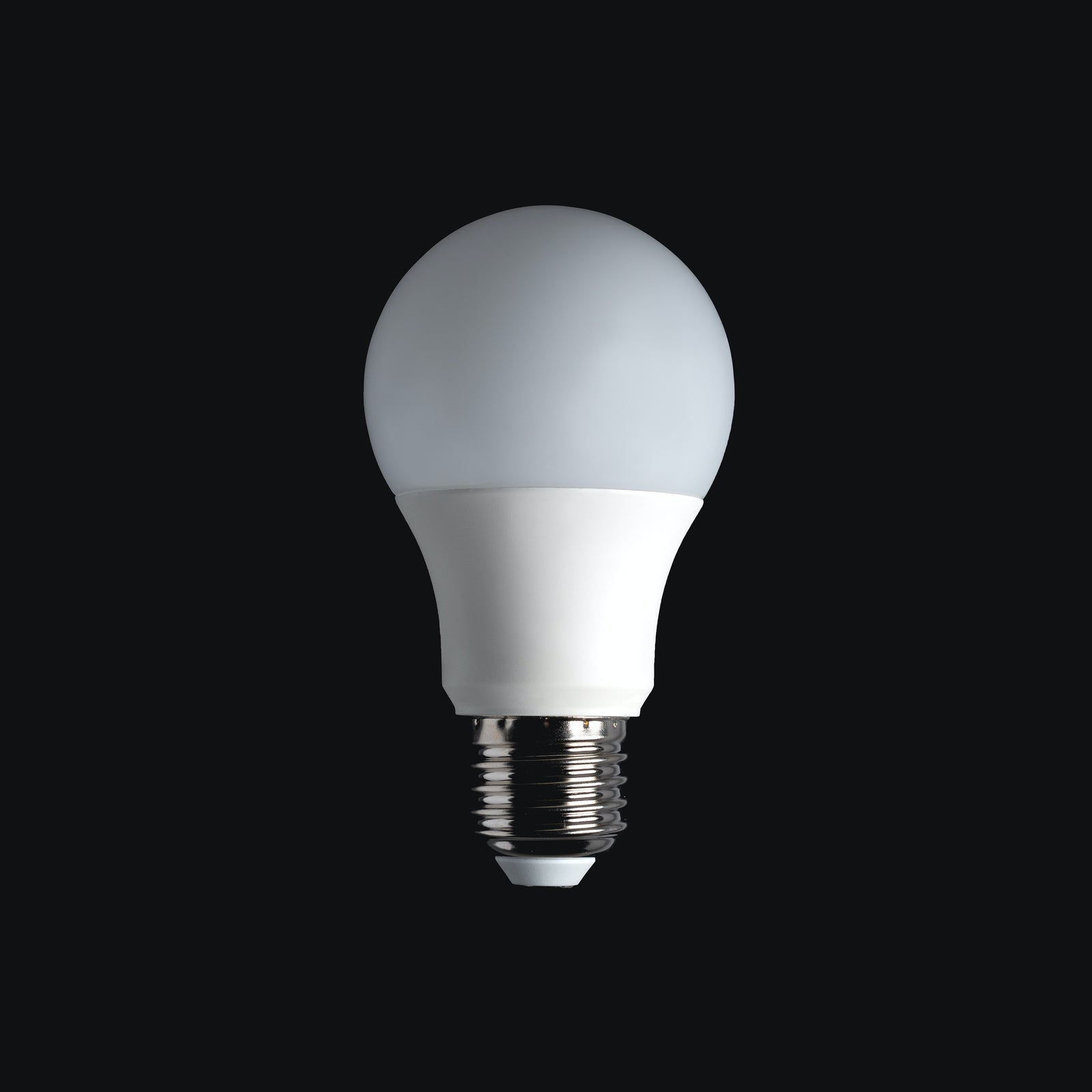Energy efficient lighting is fast becoming the “norm” in Australia. Not only more and more businesses are embracing this new efficient lighting technology, but these long-lasting bulbs have are being used millions of homes across Australia. Compared to other bulbs, like incandescent bulbs, LED bulbs are far more energy efficient.
In this post, we’ve compiled some cool facts about LED lights that you probably didn’t know. Have a look.
- LEDs last a long time. As a matter of fact, if you turn on an LED bulb and don’t switch it off, it would take roughly three years to stop working. (As you can guess, this is a big advantage, especially if you hate replacing bulbs in your home every few months. Replace incandescent bulbs in your home with LED bulbs and you’ll not have replace them for years!)
- LED lights don’t contain any mercury — and what’s more, more than 95% of on LED is recyclable. (Got kids or pets at home? Then the last thing you would want is a shattered incandescent bulb, because it contains mercury that is harmful to us. An LED, by contrast, is completely safe. Since LEDs are recyclable, they are also good for the environment).
- Incandescent bulbs convert roughly 10% of the electricity they consume into light. By contrast, LEDs convert 100% of the electricity they consume into light. (In simple English, it means LEDs help you cut down your electricity bill — now that’s what we call great news!)
- If you install an LED bulb in a newborn baby’s room today, you wouldn’t have to change the bulb for next 20 years. (Well, that’s what we have been saying all along — LEDs last a really, really long time.)
- LED bulbs work efficiently in extremely cold weather. (While incandescent bulbs are not a great option when mercury is far below zero because they burn out rather quickly, LEDs work extremely well in extreme weather conditions. So if you are looking for lighting bulbs for your home in the freezing winter months, use LED bulbs.)
- LEDs can impact your concentration levels. (Research shows, lighting that mimics natural daylight very closely makes you less sleepy and more alert, while yellower light is more relaxing. You can smart LED bulbs that allow you to tune the color of light to match your needs. Alternatively, you can install natural white LED bulbs in your home office, study, and dining room.)
- Blue lighting can affect your sleep in a negative way. (There are high-quality LED bulbs, and then there are not-so-great LEDs. The latter ones produce blue light, which can cause sleep problems. For this reason, you should always go for quality LED bulbs since they produce the most balanced light. Quality LEDs have a CRI90+ rating; anything below that is, well, at best a compromise. As you may have guessed, at LiquidLEDs, we only sell quality (aka CRI90+) LEDs.)
